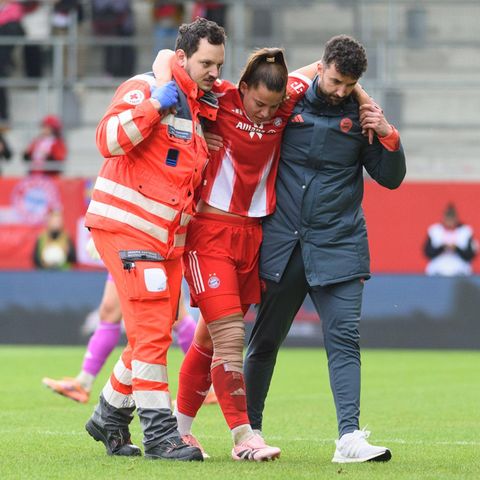Dangerous double attack
Are you suffering from a superinfection? What you mean by that
Copy the current link
If the body is already weakened by viruses, some bacteria take advantage of this and further infect the affected tissue. Serious complications can result.
Only viruses can cause a cold or flu. Bacteria don’t. However, some doctors prescribe antibiotics, drugs that kill bacteria. Antibiotics cannot do anything against viruses. Are such doctors acting negligently? Or even wrong? Possibly.
However, there is one exception: If your doctor determines that bacteria are also involved in your condition, antibiotics may be warranted. Because it is possible that a bacterial infection can occur in addition to the viral infection. Experts call this “superinfection.” The term “super” is not meant to be ironic and judgmental here, but is derived from a Latin word and means: on top.
The bacteria take advantage of a weak moment in the immune system: Due to the virus attack, the defense mechanisms are already weakened. This makes it easy for the bacteria to infect the affected tissue a second time.
Secondary infections pose risks
Typical superinfections associated with colds include inflammation of the paranasal sinuses or middle ear. Both tissues can already be infected by the viruses because they have fought their way from the nose into the sinuses or via the ear trumpet (the Eustachian tube) into the middle ear.
Other secondary infections associated with colds can include:
- a tonsillitis
- inflammation of the bronchi (bronchitis)
- pneumonia or
- a pleurisy
Inflamed lungs due to a delayed cold are rare, but still dangerous. In individual cases, pneumonia can be fatal. Superinfections of the heart muscle are just as dangerous and worrying ().
The risk of superinfection is higher with the flu than with a cold, especially for those people who belong to a certain risk group. Older people and patients with a weakened immune system are considered at risk.
Bacteria slip through a gap in the defense system
The coronavirus and flu viruses can strain the immune system to its limits. These are often pathogens to which the immune system first has to find an appropriate response. In this situation, bacteria have an easy time: many immune cells are already busy fighting off viruses. Immune messengers first have to be regenerated; other components of the body’s defenses may have been used up.
Bacteria, for example, are defenseless in the mucous membranes in the nose and bronchi. There, the viruses have already attacked or destroyed the immune system’s first line of defense: the cilia of the top mucous membrane cells. These little hairs usually ensure that microbes are swept right back out. If the cells with the hairs are destroyed, the bacteria stick and can easily colonize the second cell line. The affected tissue therefore becomes ill and reacts with inflammation.
Superinfection does not require contact with environmental bacteria. It may also be that the pathogens that cause illness have been in the body for some time, but have so far been successfully kept under control by the immune system. It is only as a result of the virus infection that things become unbalanced.
Superinfection – diagnosis by the doctor
How can a bacterial superinfection be recognized? The diagnosis is ultimately made by the doctor, who, for example, takes a swab from the mucous membranes and examines it for bacteria. If the suspicion is confirmed, the doctor will prescribe antibiotics to combat the pathogens.
You should consult a doctor, especially if you have a high fever, severe or persistent feeling of illness and yellowish to greenish sputum.
The article was updated in December 2024.
Sandra Jessel/ikr
Source: Stern
I’m Caroline, a journalist and author for 24 Hours Worlds. I specialize in health-related news and stories, bringing real-world impact to readers across the globe. With my experience in journalism and writing in both print and online formats, I strive to provide reliable information that resonates with audiences from all walks of life.




